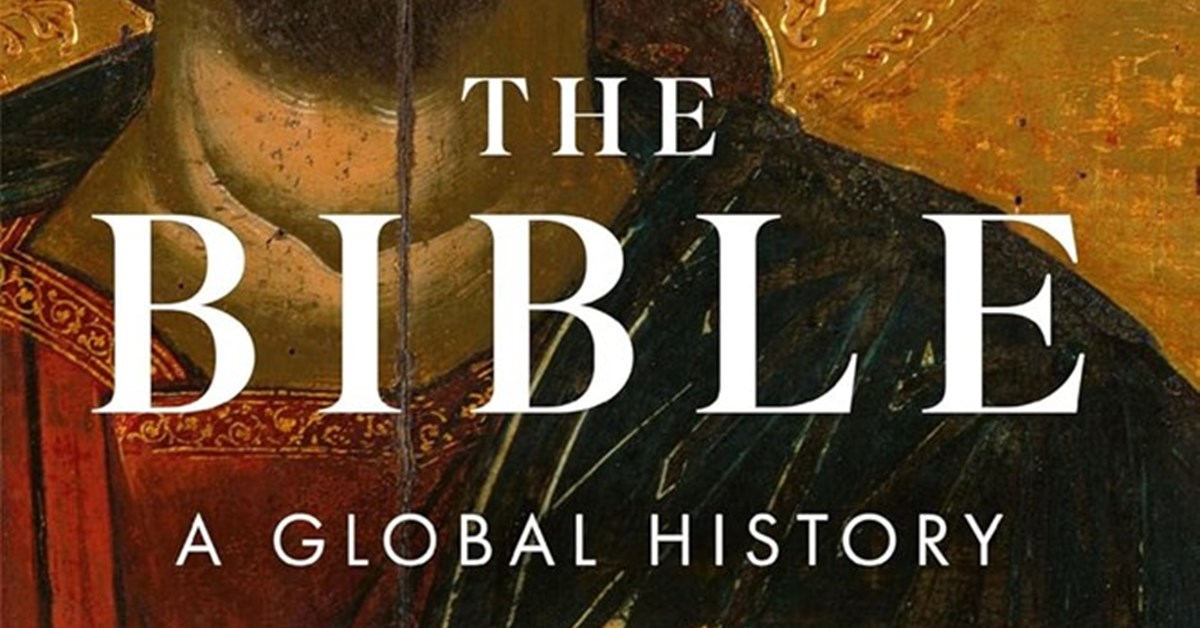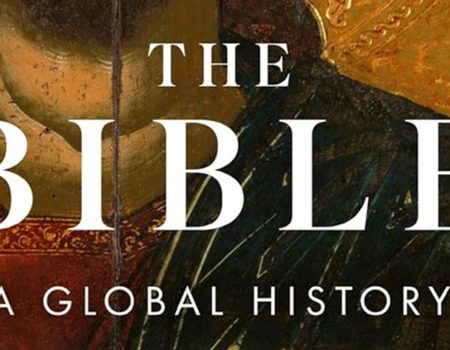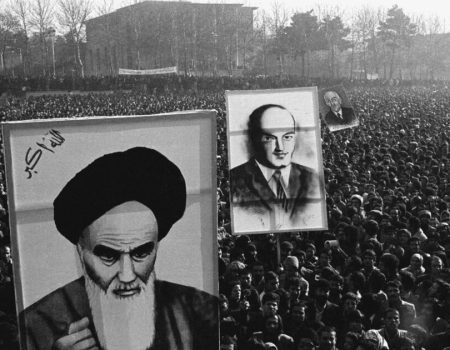“OF MAKING many books there is no end,” the Bible says, and indeed, many books have been made since the weary preacher of Ecclesiastes wrote his, not least many books about the Bible. The 18th-century preacher John Wesley described himself as a “man of one book”, and started a publishing business, “to publish abroad his wonderful name”, as his hymn-writing brother Charles had it.
Without the Bible, there would be no Christianity: a global faith whose followers in many different traditions include almost one third of the world’s population, and yet beginning with a wandering preacher who did not leave a single written word himself. If you thought that John Barton’s monumental History of the Bible would be a hard act to follow, here is certainly a worthy companion (Feature, 22 November).
Bruce Gordon, Titus Street Professor of Ecclesiastical History at Yale Divinity School, takes his readers back to the beginning, to the early Christian centuries, and teases out how “the Bible”, the “Book of Books”, perhaps the very idea of what a book is, emerged and became an essential part of the life of the Church, as it spread and, thanks to it, had the potential to spread. It was a book that could be created and recreated, a book that held the power to liberate, but also to repress: “No one has seen the original Hebrew of the Old Testament or the original Greek of the New Testament. They have only seen the versions that have survived and been passed down to us.”
And it is these many versions that unfold before the reader’s eye in a history of the Bible which is indeed global. Yes, there is familiar ground here: the development of the “canon”, medieval manuscripts, Gutenberg’s printing press, the King James Bible, but much more that is perhaps less familiar: “Consider, for instance, the ancient kingdom of Armenia. . . Here the Bible actually created a language.”
Inevitably, not every corner of the world can be taken into account. The chapters on the “Renaissance and Reformation” and on “The King James Bible” take centre stage, but “Shangdi and Shen” in China, for example, not only shows the competing interests of different missionary societies in the early days, but takes us to the age of mass printing, in which China — certainly not a country of abundant freedom of religion — has become the world leader in terms of Bible production.
What the historian Gordon tells so eloquently, beginning with the remarkable story of the artist Annie Vallotton and her illustrations of the Good News Bible, is beautifully illustrated by two well-selected and well-produced plate sections. It is not a history of biblical scholarship or interpretation, of printing, but a historian’s attempt to tease out and present something of the human attempt to hear God: “It is the story of a book that, in the presence and absence of faith, has left no one untouched.”
Inevitably, even the most comprehensive books of history have to end somewhere. Yet perhaps more insight into how the Bible fares in an age “beyond the book”, in a digital world, might have been interesting.
But Gordon shows that neither Christianity nor the world at large is ever “beyond” this one book. For him, the story of the Bible from its beginnings to the present day is one not of mere optimism, but essentially of hope. What more can readers ask for than a comprehensive and enjoyable book that sets out the stall of hope, offered in the life of one book with infinite potential, so compellingly?
Dr Natalie K. Watson is a theologian, writer, and publisher based in Peterborough.
The Bible: A global history
Bruce Gordon
Basic Books £30
(978-1-5293-8344-7)
Church Times Bookshop £27








No Comment! Be the first one.